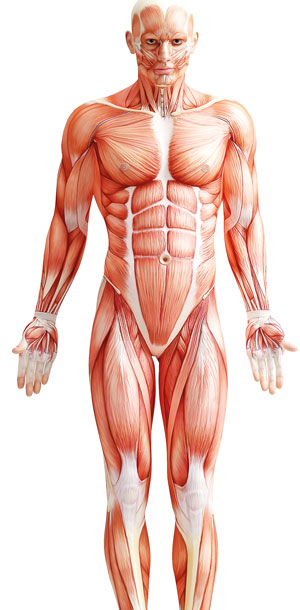18 Aug 2017 - {{hitsCtrl.values.hits}}

 As a part of our efforts to show our readers the subject of medicine in a different, more colourful light, we decided to take you through a different topic in the subject of ‘medical physiology’, otherwise known as the study of the functions of the body. Read on to see if this particular area of medicine may pique your interest.
As a part of our efforts to show our readers the subject of medicine in a different, more colourful light, we decided to take you through a different topic in the subject of ‘medical physiology’, otherwise known as the study of the functions of the body. Read on to see if this particular area of medicine may pique your interest.
The current world population is around 7.5 billion. Each of these human beings is unique and different from each other by their outside features as well as the way they think. But have you ever wondered how some of our physical qualities remain quite similar, even close to identical? How can the body temperature of me, who is living in tropical Sri Lanka, and that of an Eskimo both be between 36.5–37.5 °C, within a difference of maximum of one degree Celsius? How can the blood reports say the normal range for blood pH is 7.35 - 7.45 in all 7.5 billion of us?

That is just one another marvel by the Mother Nature in creating life. The amazing ability of the body to keep these values within a narrow range is called ‘Homeostasis’. Whether you are awake or asleep, exhilarated or grieving, your body is always alert. With the slightest change of the internal or external environment, it sends messages to the control room, aka the brain, which activates the mechanisms to immediately bring the body back to normal.
Let’s consider this in terms of temperature control. Say you are on a trip to the hill country. The temperature starts dropping outside, causing the internal temperature to drop too. The brain is immediately alerted and sends messages to the surface blood vessels, constricting them, thus reducing the heat loss from the skin to the environment. Your metabolic rate increases and you start shivering, which generates heat through contractin of skeletal muscles. And messages are sent to the conscious part of your brain, which you interpret as ‘it’s pretty cold, I should put on my sweater’.
Similarly, when you travel to a really hot area, say down south or Anuradhapura, as a response to the increasing internal body heat, your sweat glands will produce sweat, which in turn cools off your body as it evaporates. The blood supply to the skin will increase, increasing the heat loss through radiation. The internal mechanisms will slow down, producing less heat as a result.
Many of the body’s conditions are maintained in a stable state due to this homeostasis. Information is sent into the brain, mostly in the ‘negative feedback’ form where the ‘change’ itself acts as a signal to prevent further changes in the system.
So what happens when these mechanisms fail? Since we promised not to give out depressing medical information in this particular article, just keep in mind that failure of the body to maintain its internal environment will give rise to many a complication. A minute change in temperature or the body ion levels has the potential to do serious damage to the body at the molecular level. Don’t worry overmuch though, your body has it under control. It’s amazing how the same body that trips over flat ground and rebels at getting up from bed in the morning manages such complicated proceedings, without our slightest knowledge, isn’t it?
23 Dec 2024 2 hours ago
23 Dec 2024 3 hours ago
23 Dec 2024 6 hours ago
23 Dec 2024 8 hours ago